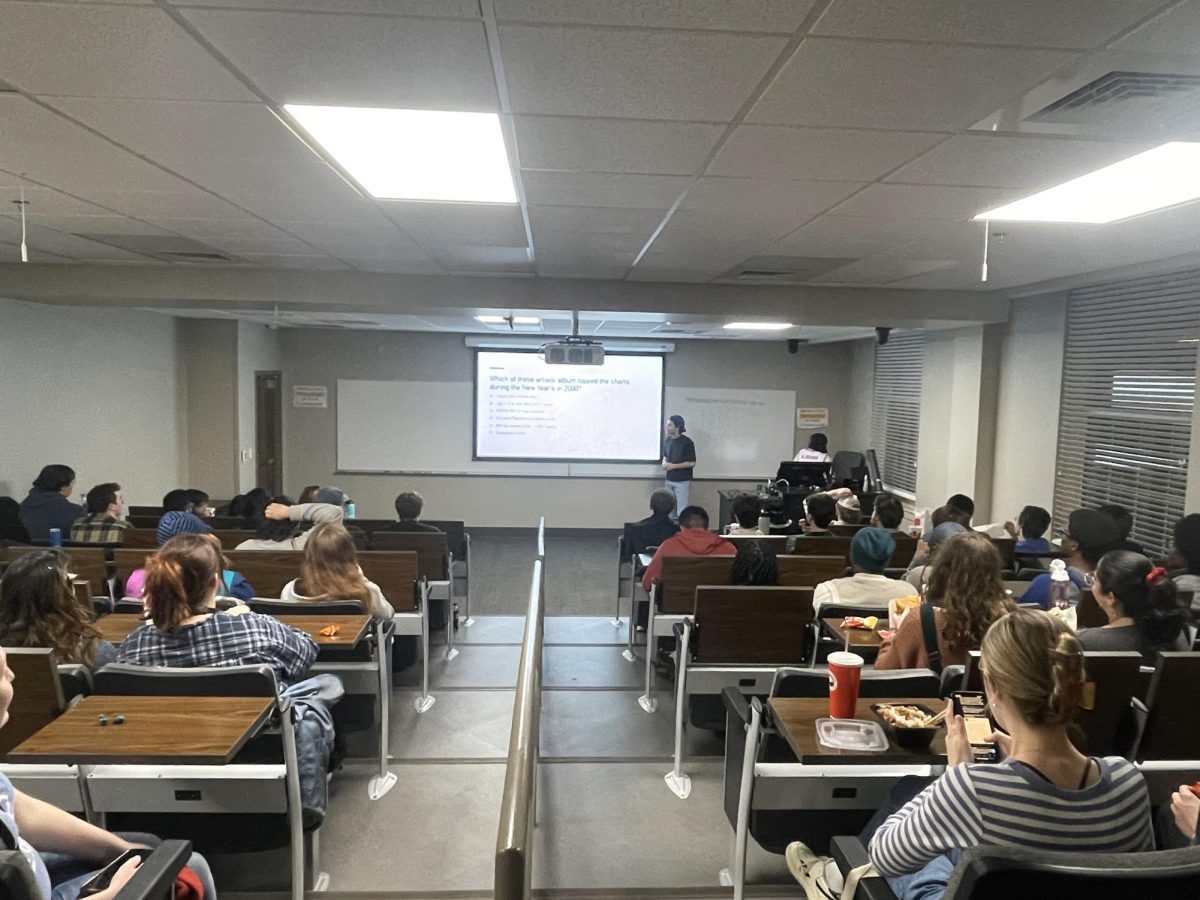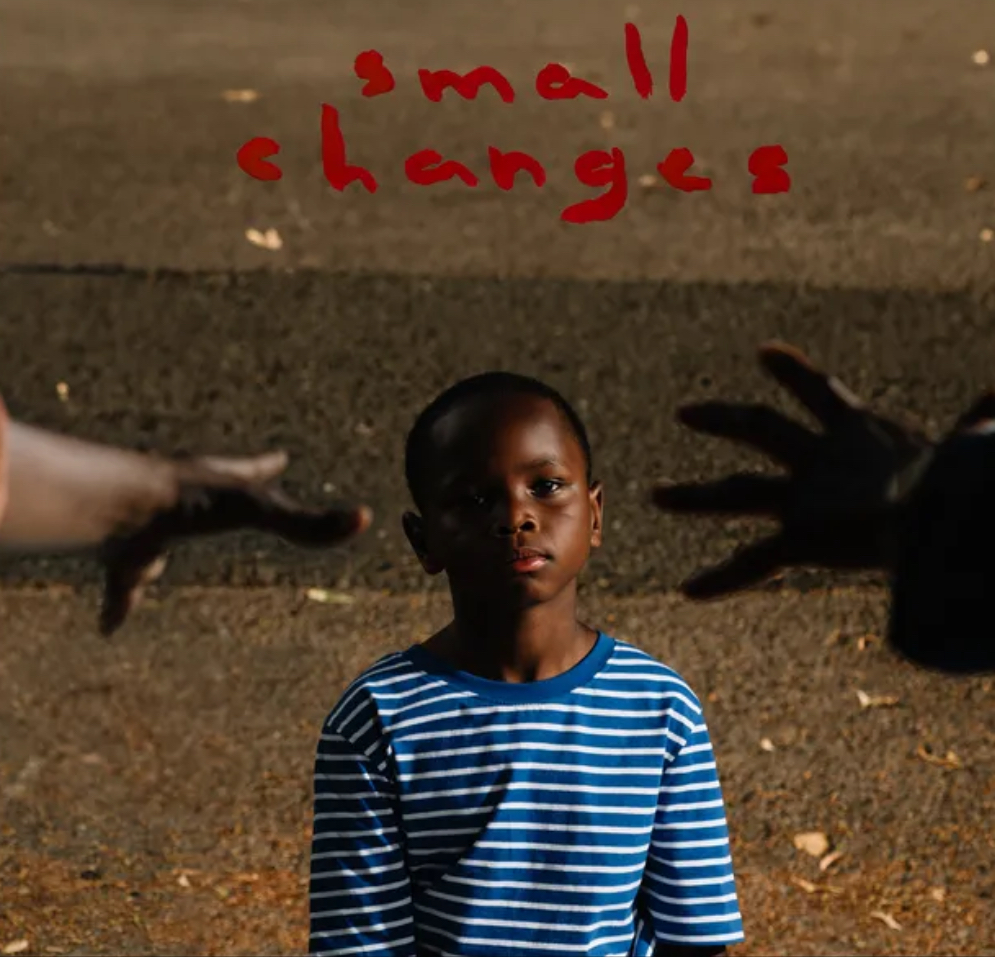Absurd is a word you don’t hear too much anymore, and when you do, it usually serves to mock an overly critical person. That being the case, I did not know what to expect when I went to see my first “absurdist” play this month – Harold Pinter’s “The Birthday Party.”
When I first heard the term “absurdism,” I immediately thought of abstract art with color, shapes and movement that, while often beautiful, follows no kind of linear thinking. While that may be the template of some absurdist pieces, “The Birthday Party” showed me sometimes everyday life can be frighteningly close to absurdism. Every single piece of “The Birthday Party” was fairly ordinary and made sense on its own. What made this show so hauntingly absurd is that there is no context and the pieces, while simple, don’t quite fit together.
I say “haunting,” because that is honestly the best way I can describe this show. It definitely wasn’t scary, not in the way a monster is scary. One could call it creepy, in the way a psychopath is creepy. But most of all, it’s haunting, like a sad ghost who warns you there is evil in the world, and then weeps at your inability to see it.
Aside from haunted, a multitude of other emotions result from seeing “The Birthday Party.” Most of the people I talked with about the show used the term “uncomfortable,” because the writer draws out strong emotions and then gives the audience nowhere to put them, offering no closure. However, I didn’t feel uncomfortable as much as intrigued. I spent the entire show trying to force the pieces together. Obviously, I was not successful because the show was not built to fit, but that made the experience even grander, because it means my mind can continue milling over this unsolvable puzzle for days.
From an actor’s perspective, I can only imagine that an absurdist play would be dauntingly difficult to perform because most of the written lines are utterly devoid of context, yet you must act as if it’s as natural as can be. I would call that the cardinal rule of absurdism: Nobody’s allowed to notice how absurd their lives actually are. Every moment is played honestly and with absolute devotion, and it is only from the outside that the true absurdity is visible.
Watching an absurdist piece is no picnic either. The casual observer will quickly become confused and dismiss the show as pointless and idiotic. The audience member, like the actor, must completely commit and follow the story down every rabbit hole, regardless of what absurdity lies at its bottom. The audience must not allow themselves to get hung up on tiny inconsistencies, but instead accept that they will never understand everything.
Whether you’re observing a world of absurdity or performing within it, I can imagine no greater reward than reaching the end of an absurd production. Of course, by “end” I don’t mean that an absurdist play need have anything resembling closure; indeed, “The Birthday Party” ended without answering any questions. But when the performance stopped, I didn’t feel emptiness; I felt the exact opposite. I left the theater feeling like I’d been given a gift, but one that required more than simple reception. To fully appreciate this gift, I had to give time meditating on it. But every second I sacrificed in thought was well spent. For while I couldn’t put a price on such an experience, I can assure you that its value is, well, absurd.








